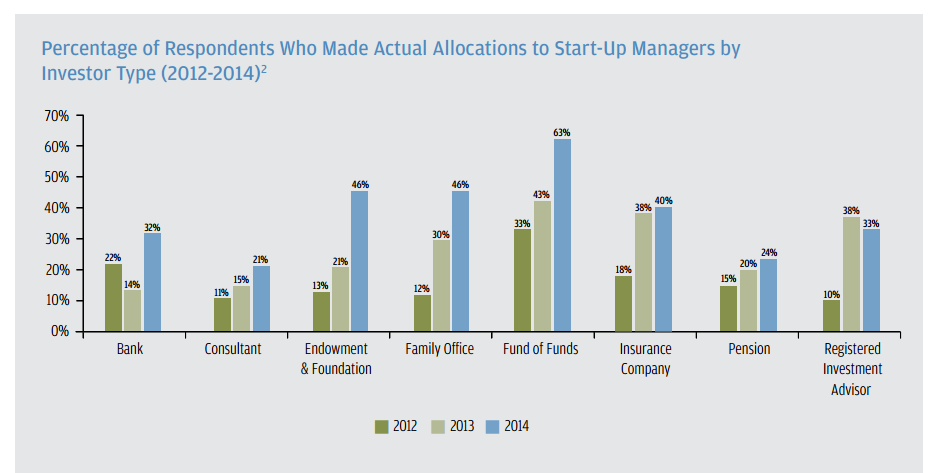Introduction To Institutional Investing
Post on: 12 Июнь, 2015 No Comment

Institutional investors are entities that pool together funds on behalf of others, and invest those funds in a variety of different financial instruments and asset classes. Institutional investors control a significant amount of all financial assets in the United States, and exert considerable influence in all markets.
Institutional investors invested these assets in a variety of classes, the standard allocation is approximately 40% of assets to equity and 40% to fixed income. Another 20% of total assets were allocated to real estate, cash and other areas. However, these figures drastically vary from institution to institution. Equities have experienced the fastest growth over the last generation, and in 1980 only 18% of all institutional assets were invested in equities. (Your portfolio’s asset mix is a key factor in whether it’s profitable. Find out how to get this delicate balance right. Refer to 6 Asset Allocation Strategies That Work .)
Pension Funds
Pension funds are the largest part of the institutional investment community and control over $10 trillion, or approximately 40% of all professionally managed assets. Pension funds receive payments from individuals and sponsors, either public or private, and promise to pay a retirement benefit in the future to the beneficiaries of the fund.
The large pension fund in the United States, California Public Employees’ Retirement System (CalPERS), reported total assets of $239 billion at as of 2011. Although pension funds have significant risk and liquidity constraints, they are often able to allocate a small portion of their portfolios to investments which are not easily accessible to retail investors such as private equity and hedge funds.
Most pension fund operational requirements are discussed in the Employee Retirement Income Security Act (ERISA) passed in 1974. This law established the accountability of the fiduciaries of pension funds and set minimum standards on disclosure, funding, vesting and other important components of these funds.
Investment Companies
Investment companies are the second largest institutional investment class and provide professional services to banks and individuals looking to invest their funds.
Most investment companies are either closed — or open-end mutual funds, with open end funds continually issuing new shares as it receives funds from investors. Closed end funds issue a fixed number of shares and typically trade on an exchange.
Open end funds have the majority of assets within this group, and have experienced rapid growth over the last few decades as investing in the equity market became more popular. In 1980, investment companies comprised only 2.9% of all institutional assets, but this share more than tripled to 9.4% by 1990, and reached 28.4% by the end of 2009. However, with the rapid growth of ETFs many investors are now turning away from mutual funds .
The Massachusetts Investors Trust came into existence in the 1920s and is generally recognized as the first open-end mutual fund to operate in the United States. Others quickly followed and by 1929 there were 19 more open-end mutual funds and nearly 700 closed-end funds in the United States.
Investment companies are regulated primarily under the Investment Company Act of 1940. and also come under other securities laws in force in the United States. (Flying high one day but not the next — see the stories behind some spectacular meltdowns. Check out Massive Hedge Fund Failures .)
Insurance Companies
Insurance companies are also part of the institutional investment community and controlled almost the same amount of funds as investment firms. These organizations, which include property and casualty insurers and life insurance companies, take in premiums to protect policy holders from various types of risk. The premiums are then invested by the insurance companies to provide a source of future claims and a profit.
Savings Institutions
Savings institutions control over $1 trillion in assets. These organizations have seen a huge drop in assets over the last generation, with the percentage of assets held by savings institutions declining from 32.6% in 1980 to only 4.9% in 2009.
Foundations
Foundations are the smallest institutional investor as they are typically funded for pure altruistic purposes. These organizations are typically created by wealthy families or companies and are dedicated to a specific public purpose.
The largest foundation in the United States is the Bill and Melinda Gates Foundation, which held $36.7 billion in assets at the end of 2010. Foundations are usually created for the purpose of improving the quality of public services such as accessibility to education funding, healthcare and research grants.
Conclusion














